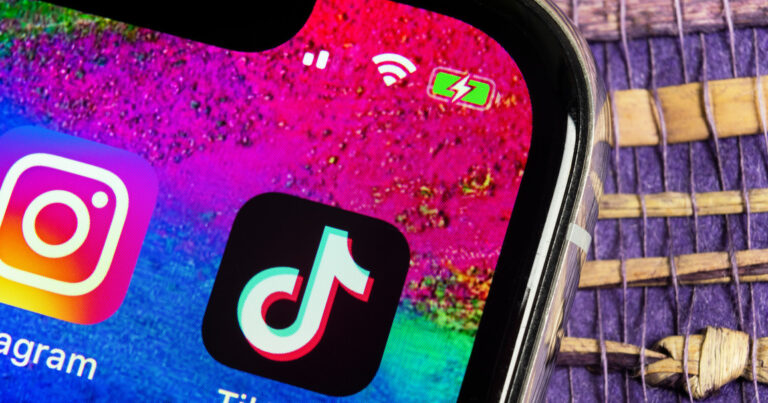TikTok is insanely popular – but it can burn through an insane amount of data. Here’s how much it uses, how to keep track of it, and the best mobile plans for satisfying your TikTok addiction.
TikTok’s popularity really cannot be overstated, and a huge part of that popularity is that it’s just so very easy to start scrolling through videos on TikTok… just one more… maybe another one… and another… and before you know it hours have passed in the blink of an eye.
That points to just how entertaining TikTok can be, but there’s a potential trap here. If you’re having your TikTok binges on the go – which is very easy to do – you’re chewing through your mobile data allowance doing so. If you’ve ever wondered why your mobile data doesn’t seem to go as far as you might like, TikTok could well be the culprit. How much data are we talking about, though? In this guide we’ll walk you through how much data you’re likely to use, and the best ways to manage it – as well as your best value plans to feed your TikTok viewing habits.





